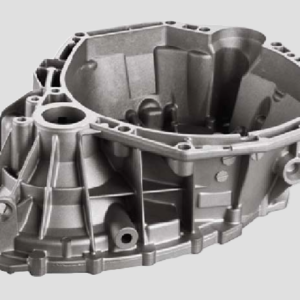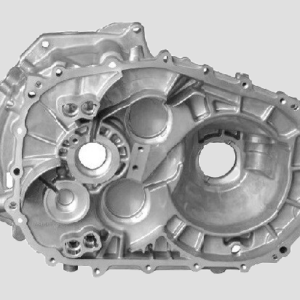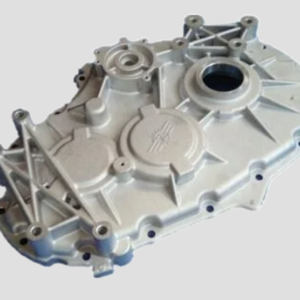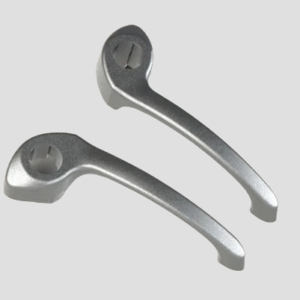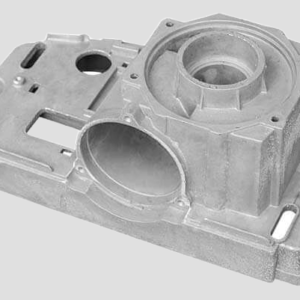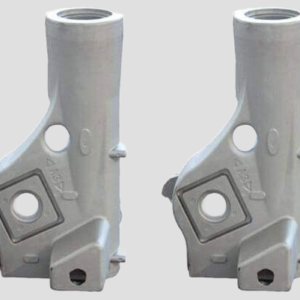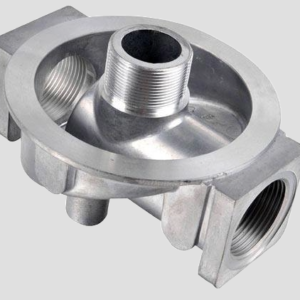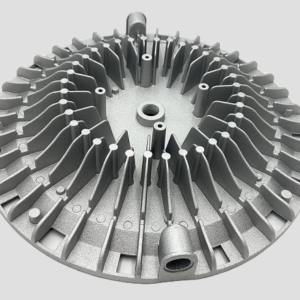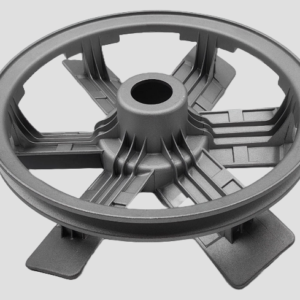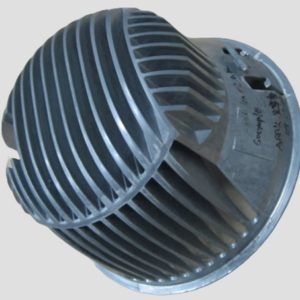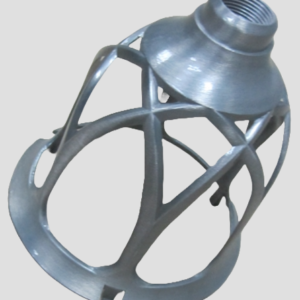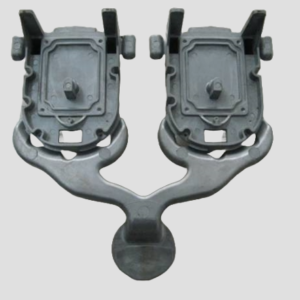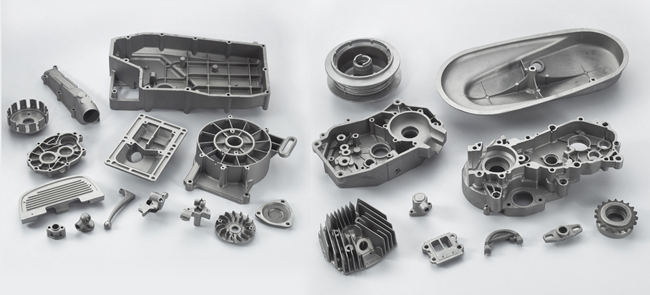


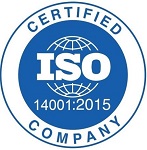
Die Casting
Our Process Capability
Hot-chamber Die Casting
- Higher production rate
- Lower wastage caused
- Less pas porosity in products
- Longer die lifespan
Cold-chamber Die Casting
- Good for higher strength parts
- With exceptional dimension accuracy
- Simple-to-carryout process
- Lower maintenance cost
Low-pressure Die Casting
- Precise control of die cavity filling
- Oxide formation reduced
- Gas porosity in products prevented
- Molten metal flows smoothly
Vacuum Die Casting
- Lower upfront investment
- Superior material simulation
- Excellent surface finish
- Looser tolerance & lower die lifespan
Squeeze Die Casting
- Combination of forging and casting
- Less shrinkage & lower gas porosity
- Less energy consumption
- Ferrous and nonferrous casting
Semi-solid Die Casting
- High mechanical properties
- Excellent surface finish
- Less shrinkage
- Lower gas porosity
Die Casting
Our Surface Finishing
Powder Coating

Powder coating is applied as dry powder through an electrostatic process, which is well known for providing high-quality finishes in terms of both functionality and overall look.
Brushing
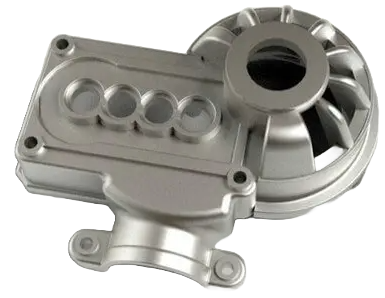
Brushing is achieved using a wire brush or abrasive pad to create those lovely lines known as “grain”. The result is a visually appealing that is resistant to scratches and fingerprints.
Bead Blasting
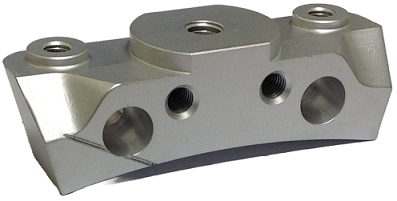
Bead blasting uses tiny spherical beads of plastic, glass, or other material to remove impurities from a metal’s surface. The impact of the beads removes contamination without damage.
Electroplating

Electroplating results in a thin layer of metal being deposited onto the surface of a workpiece. It can be used to give objects increased wear resistance, corrosion protection or aesthetic appeal, as well as increased thickness.
Anodizing

Anodizing is an electrolytic passivation process, with increasing the thickness of the natural oxide layer on the surface, resulting in resistance to corrosion and wear, and providing better adhesion for paint primers and glues.
E-coating

E-coating, also known as electro-phoretic coating deposits resin and other ingredients onto the surface of a part, providing protection and decoration, also offering corrosion resistance in addition to other forms of protection.
| Surface Finishing | Material | Color | Texture |
|---|---|---|---|
| Powder Coating | Aluminum, Stainless Steel, Steel | Black, any RAL code or Pantone number | Gloss or semi-gloss |
| Brushing | Aluminum, Brass, Stainless Steel, Steel | N/A | Satin |
| Bead Blasting | Aluminum, Brass, Stainless Steel, Steel | N/A | Matte |
| Electroplating | Aluminum, Steel, Stainless Steel | N/A | Smooth, glossy |
| Anodizing | Aluminum | Clear, black, grey, red, blue, gold | Smooth, matte |
| E-coating | Aluminum, Zinc, Stainless Steel | Any | Metallic luster |
Die Casting
Product Gallery
Die Casting
ndustry Applications
Automotive
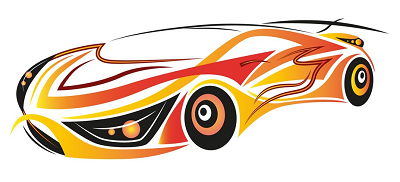
Industrial Machinery

Renewable Energy
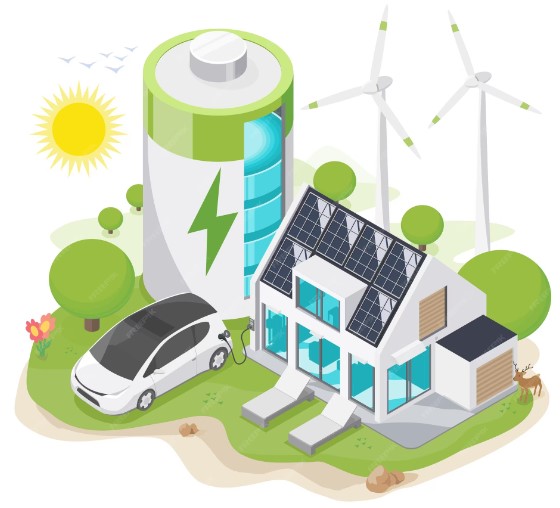
Medical & Healthcare

Consumer Products & Electronics
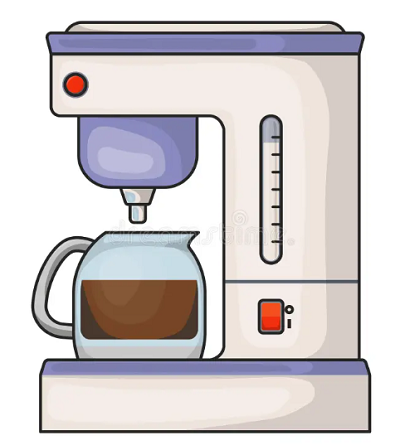
Die Casting
Material Selection
| Type of material | Material | Key Features | Applications |
|---|---|---|---|
| Aluminium | 380 | Easy to machine, high ductility, and resistance against wear; suitable for engine blocks, transmission cases, and structural components. | It is used in a very wide variety of products, including engine brackets, furniture, electronics enclosures, frames, handles, gearbox cases, and power tools. |
| Aluminium | 390 | An alloy with excellent wear resistance and vibration resistance. | It is used specifically for the die casting of automotive engine blocks and is also suitable for valve bodies, impellers, and pump housings. |
| Aluminium | 413 | An aluminum alloy with excellent casting properties and good pressure tightness. | This alloy is generally used for products like hydraulic cylinders, as well as architectural parts and food and dairy industry equipment. |
| Aluminium | 443 | The most ductile of die casting aluminum alloys. | This alloy is suitable for consumer goods, especially those that require plastic deformation after casting. |
| Aluminium | 518 | A ductile aluminum alloy with good corrosion resistance. | It is used in a variety of products, including aircraft hardware fittings, ornamental hardware, and escalator components. |
| Magnesium | AZ91D | A general-purpose alloy with good castability, corrosion resistance, and strength-to-weight ratio. | It is commonly used for mechanical and power-train components. |
| Magnesium | AM60 | An alloy with good castability, strength, vibration dampening, and ductility. | It is used in automotive components such as seat frames and panels. |
| Zinc | Zamak 2 | Low melting point, good ductility; typically used for making small, intricate partsand and also suitable to manufacture complex shape parts, such as door handles and light fixtures. | This zinc alloy is typically used for making small, intricate parts such as model railway components and costume jewellery. The alloy can also be used for larger parts such as door handles and light fixtures. |
| Zinc | Zamak 3 | Highly corrosion resistant, good dimensional stability, has a low melting point, also relatively strong and hard, easy to machine; suitable to manufacture electrical components, gears, toys, and door handles. | The metal is relatively strong and hard, making it suitable for use in various industries. Some of the most common uses of this zinc alloy include electrical components, gears, toys, and door handles. |
| Zinc | Zamak 5 | Good mechanical properties and castability, high ductility, excellent impact strength; Ideal for automotive parts, electrical components, and consumer goods. | Zamak-5 is a versatile zinc alloy that can be used in a variety of applications including automotive parts, electrical components, and consumer goods. |




